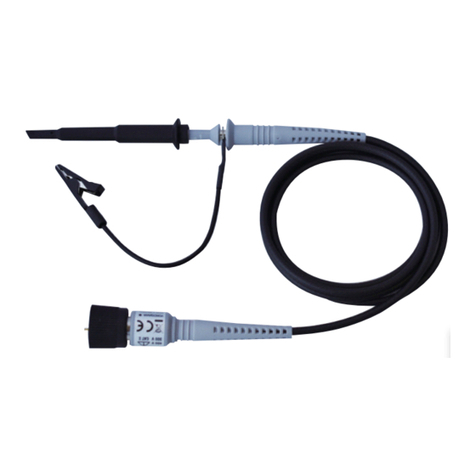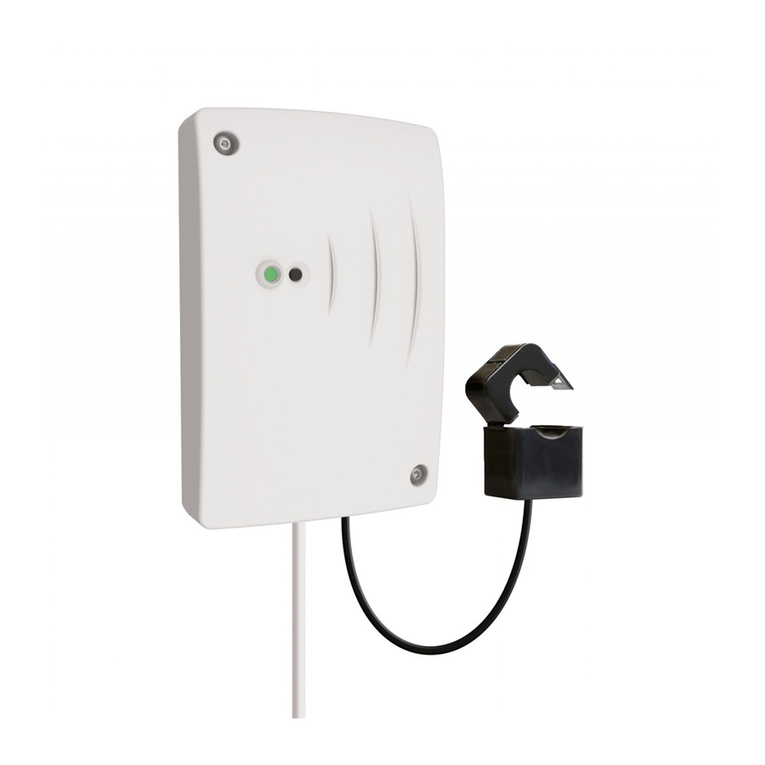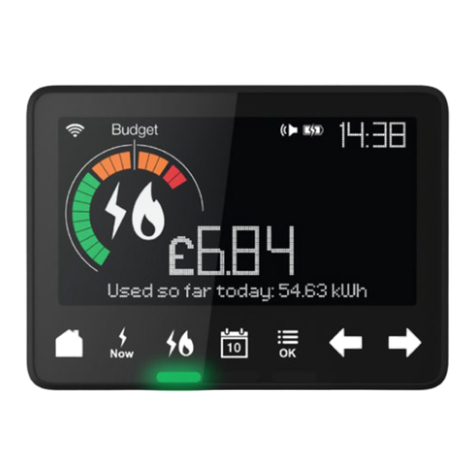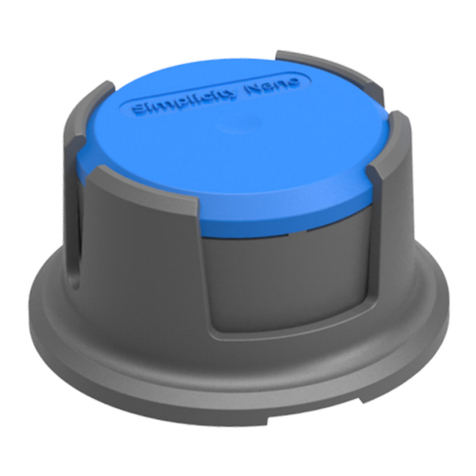enmco PT16FM User manual

Operating Instruction
Self Powered Digital Tach / Maintenance / Hour Meter

Please read and understand the following notices carefully, and correctly install and operate the product before using.
①
①
③
Product Accessories List
----------------------------------------------------
----------------------------------------------------
----------------------------------------------------
----------------------------------------------------
----------------------------------------------------
Product Installation
Product Operation
Specifications
Dimension
⑨
⑩

1. Please make sure to refer to the installation instructions in the
operating instructions to avoid damage caused by installation errors.
2. The product included the battery inside and can not be replaced,
do not disassemble or replace the battery by yourself.
3. Do not pull the wiring when using it to prevent falling off or poor
contact happened.
4. Please install the product in a proper location to avoid the
possibility of this product being hit and prevent damage to the
product.
5. The product has certain waterproof function, but can not be used in
deep water or soaked in rain for a long time.
6. Please use the product at the specified temperature, high
temperature environment may cause damage to the product.
This product can be directly installed with double-sided tape or screwed, the
installation method is as follows:
a) Clean properly the surfaces.
Note: Make sure the surface is flat and the oil
is clean enough.
b) Stick the double-sided tape on the back of
the product.
Note: Before pasting the double-sided tape,
please make sure the back of the product is
clean and tidy, without moisture or grease.
c) Remove protection from double-sided tape.
Note: When removing the double-sided tape
protector, make sure that the double-sided
tape is not exposed to water or oil on both
sides.
d) Fix the tach hour meter in a proper position.
Note: Before pasting the double-sided tape,
please confirm that the pasted place is clean
and tidy, no moisture or oil.
Product Accessories List
Product Installation
1. Double-sided tape installation:
Proper position requirement: No moisture, no grease, is a plane, no violent
vibration, and the temperature not exceed 125 F.
①
product*1
1double-sided tape*1
2paper card*1
3
user manual*1
4cable tie*2
5

The test after the connection: Start the engine, the LCD of the tach
hour meter displayed the RPM and timing, which means the connection is
correct. If the RPM is inaccurate, please refer to clause A to adjust the turns
of the winding, or set the type of the engine (more information will be provided
in the following instructions).
C
b) Choose a location where the pick-up wire (included) will reach the meter
to the spark plug.
c) Install with screws as the below diagram.
a) The design allows for either a flush panel mount or surface mount.
Red signal wire connection: Wrap the red signal wire around the spark
plug, wrap it 4 to 5 turns, and fasten it with a cable tie to ensure it is effectively
fixed and will not loosen. (If the connection is not strong, the tachometer will
get insufficient signal, then the RPM and hour values will be inaccurate.)
a) For traditional ignition modes, wrap red signal wire 4 to 5 turns tightly
around the engine spark plug wire.
b) For "pencil coil" ignition, wrap red signal wire around the plastic coil above the
spark plug.
c) The spark plug signal generated by different engine types has the difference of
strength and weakness. By adjusting the turns of winding, the appropriate adjustment
can be made to improve the accuracy of the RPM and timing data. This is a skill that
different degree spark plug signal that allows the induction wire to acquire.
2. Screw installation:
3. Signal wire installation.
Note: Proper position requirement: no moisture, no grease, is a plane, no
violent vibration, and the temperature not exceed 125 F. Do not drill into gas
tank, engine crankcase or oil reservoir frames.
Under normal condition, if the RPM is a little low, you can
increase the winding turns, if the RPM is a little high, you can
reduce the winding turns. For example, wrap 6-10 turns, if the
RPM is a little high, you can reduce the winding turns. For
example, wrap 2-4 turns, if the RPM is a little low, you can
increase the winding turns.
Connect the black shielded wire’s terminal to
the ground, the connection place can be the
metal casing, frame, ground or chassis of the
engine.
②
4 stroke installation, wrap pickup wire
around head of coil.
2 stroke installantion, wrap pickup wire
around spark plug lead.
panel mountsurface mount
A
Black signal wire connection: The black wire is the ground wire,
which helps the meter to obtain a stable RPM.
B

1. Product operating
system introduction
2. Selection of product system.
③
Product Operation
a) In order to meet the usage
habits of different users, the
program of this product has 2
sets of use systems (just like
after the WINDOWS system
can be used on the apple
computer, the user can switch
to use the WINDOWS system
and the IOS system),
respectively, DSP-1 and DSP-
2, the default system of the
product is DSP-1.
a) Push "MEUN" button continuously until display the "TOT" (interface).
b) Press and hold "SET" button continuously until display the "DSP-1"
or "DSP-2" icon, release the "SET" button, and it will automatic return to
"TOT" interface, and you have selected the system needed in this way.
(Note: "DSP-1" and "DSP-2" is cyclely selection.)
b) The difference between
DSP-1 and DSP-2 is that the
display mode is different. All
functions of DSP-1 are
directly displayed, while the
function of DSP-2
distinguishes between time
module and RPM module.
These two modules can be
called separately for display.
The functions of DSP-1 and DSP-2 are shown as the following diagram:
DSP-1 DSP-2
Press and hold

3. The function and operation under the DSP-1 system
④
Engine
firing
patterns
1P1R
1P2R
2P1R
3P1R
3P2R
4P1R
5P2R
6P1R
8P1R
4 stroke 2 cylinder
4 stroke 1 cylinder
4 stroke 4 cylinder
2 stroke 2 cylinder
4 stroke 6 cylinder
2 stroke 3 cylinder
4 stroke 3 cylinder
4 stroke 8 cylinder 4 spark per revolution
5 spark 2 revolution
8 spark per revolution
6 spark
per revolution
4 stroke 5 cylinder
4 stroke 12 cylinder
2 stroke 6 cylinder
4 stroke 16 cylinder
1 spark
per revolution
1 spark 2 revolution
2 spark
per revolution
3 spark
per revolution
3 spark 2 revolution
25000
25000
12500
8000
16000
6250
10000
4000
3125
2 stroke 1 cylinder
Engine type RPM
Capacity
Spark plug
firing and engine
rotate laps
RPM
---- Typical RPM display during operation of the engine
Programmable firing patterns
---- Determined the amount
of pluses(sparks) per engine revolution.
a) When the tach hour meter detect the engine spark plug signal for
more than 1s continuously, the LCD will display the current RPM of
the engine.
b) The RPM will be refreshed every 0.5s.
c) The RPM can be programmed for different pulses per revolution;
Different programming setting will get different RPM; Please follow
the instructions in section 2 below to programming setting for
accurate programming.
This product provides 9 programmable firing patterns, which can be
selected according to the corresponding relationship in the table below.
Note: Some 4 stroke 1 cylinder engine is 1P1R, the setting is the same
way as the 2 stroke 1 cylinder engine.
1
2
DSP-1 to DSP-2
Press and hold

⑤
a) Press the "MENU"button 5 times until display shows "1P1r"icon.
(The factory default setting is "1P1r", if it has been set before, the firing
pattern will be displayed the one that set before) a)
To view MAX RPM:
Press the "MENU"
button for 4 times until display shows the
"MAX RPM".
Programming alert RPM :
b)
To reset MAX RPM:
Press and hold the
"SET" button until display shows RPM
"000000" start flashing, MAX RPM is reset.
When the RPM of the engine during the operation exceeds the set
value, the meter will flash to remind.
b) Press and hold the "SET" button until display shows "1P1r" icon start
flashing, release and press "SET" button or "MENU" button to toggle
through all engine firing patterns setting.
a) Press the "MENU" button for 3 times until display shows "RPM" icon
and alert RPM numerical value.
c) Stop at correct firing pattern setting for your engine.
d) Wait for 10 seconds and display will return to "TOT" total hours.
(Tachometer is now ready to use)
Note:
If the obtained RPM is not accurate, for example, the RPM is half
of the actual RPM, you can adjust it by programming the firing patterns.
To set the tachometer. (Spark plug firing revolution) MAX RPM---- Display the maximum RPM recorded during the
last period of operation.
Alert RPM ---- The setting value of the warning reminder.
Press the button
5 times Press the button
4 times
Press and hold
the button for 2S
Press and hold
the button for 2S
3 4
5

⑥
TOT---- Total hours of operation.
JOB---- Hours of operation since the timer was reset.
b) Press and hold the "SET" button until
display shows "RPM" icon and alert RPM
numerical value starts flashing.
c) Press "SET" or "MENU" button until you
get desired alert RPM numerical value,
release the button, the LCD will flash for 10
seconds and return to "TOT" (total hours).
d) If the alert RPM numerical value is set to
OFF, which means that the alert RPM
function is closed.
a) This is always displayed when engine is off. (DSP-1 SYSTEM)
To view "JOB" time:
Press the "MENU"
button once.
To reset "JOB" time:
Press and hold the
"SET" button until display shows "0000:00"
starts flashing, then release the "SET" button,
the "JOB" display will reset to "0:00", and you
will begin to record the next job interval.
b) Total hours can not reset.
c) The total hours max value is 999999; When the total hours range is
0.0-9999hours59min, the timing accuracy is 1min; When the total hours
range is 9999hours59min-99999.9hours, the timing accuracy is 0.1H;
When the total hours exceeds 99999.9hours, the timing accuracy is 1H.
d) When the total hours exceeds 999999hours, the timing will restart from
0.
Press the button
3 times
Press the button
once
Press and hold
the button for 2S
Press and hold
the button for 2S
(1234Hours 56Minutes)
6
7

⑦
When the maintenance interval time is
reached, and the LCD display will flashing,
and press the "SET" or "MENU" button to
clear the status, the next maintenance
interval time starts timing.
a) Press the "MENU" button twice until display shows "SVC" icon and
maintenance interval time.
The selection of the hours mode and RPM mode.
b) At the hours mode interface, press and hold the "MENU" button until
display the icon "RPM" and "0" on the screen, which means enter into the
RPM mode; Similarly, at the RPM mode interface, press and hold the
"MENU" button to enter into the hours mode.
a) When entering the DSP-2 system, the first entry is the hours mode.
a) Hours mode contains TOT function, JOB function, SVC function
b) The use and settings of the TOT function, JOB function, and SVC
function are the same as described in DSP-1.
b) Press and hold the "SET" button until display shows "SVC" icon and
maintenance interval time starts flashing.
c) Press "SET" or "MENU" button until you get desired hours, release
the button, the LCD will flash for 10 seconds and return to "TOT" (total
hours).
d) When the maintenance interval time is reached 0, the "SVC" icon will
flash. The SVC time setting range is 0-2000H. If the SVC is set to OFF,
which means the SVC function is closed.
Programming SVC time:
SVC ---- Maintenance interval time. Note: Timing is countdown. 4. The function and operation under the DSP-2 system.
1
The function circulation of the hours mode.
2
Press the button
twice
Press and hold
the button for 2S
Press and hold
the button
8

⑧
a) Press the "MENU" button and the "SET" button at the same time until
the "OFF" icon displayed on the screen, then release the button and the
LCD display will shut down automatically.
b) Once detect the continuous engine signals within 8 seconds,or press
the "MENU" or "SET" button again, the LCD screen will be displayed.
c) When LCD screen is closed, the historical data will be retained and
will not be cleared.
5. Other
To shut down LCD display.
1
a) RPM mode contains RPM function, alert RPM function, MAX RPM
function, firing patterns choice.
b) The usage and setting of the RPM function, alert RPM function, MAX
RPM function, and firing patterns choice is the same way as described
in DSP-1.
The function circulation of the RPM mode.
3
+
Table of contents
Popular Measuring Instrument manuals by other brands
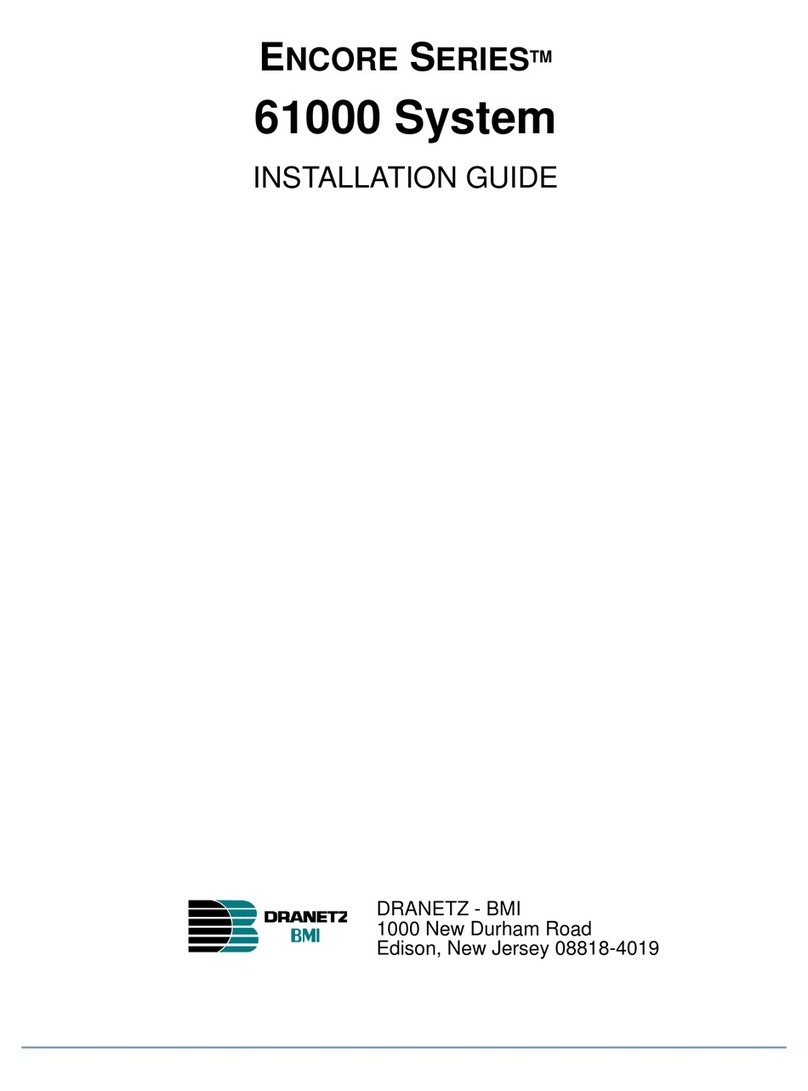
Dranetz
Dranetz ENCORE Series installation guide
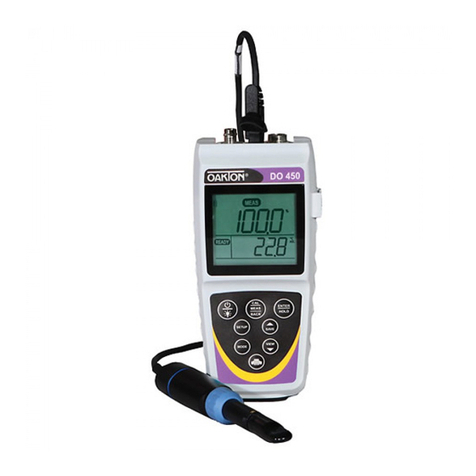
Thermo Scientific
Thermo Scientific EUTECH INSTRUMENTS OAKTON 450 Series Operation instructions
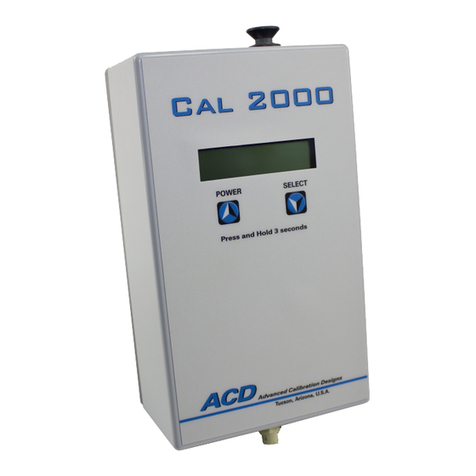
ACD
ACD Cal 2000 instruction manual

Watanbe
Watanbe A5000 Series instruction manual
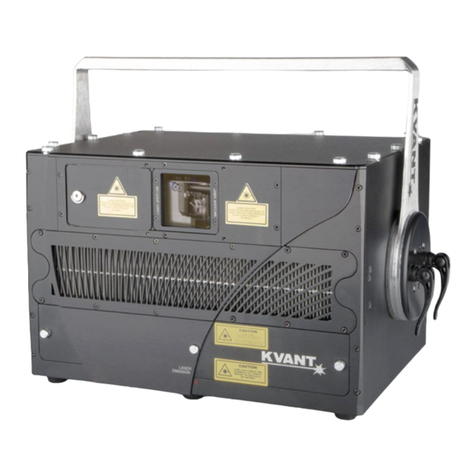
KVANT
KVANT Atom Series Operational manual
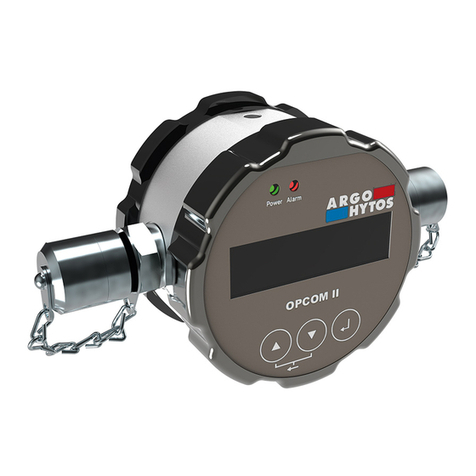
Argo-Hytos
Argo-Hytos OPCom operating manual
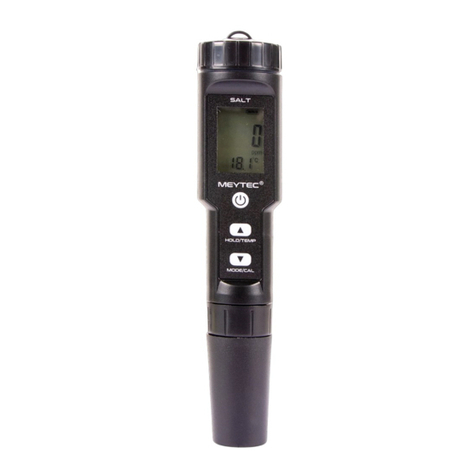
MEYTEC
MEYTEC GT-200S manual
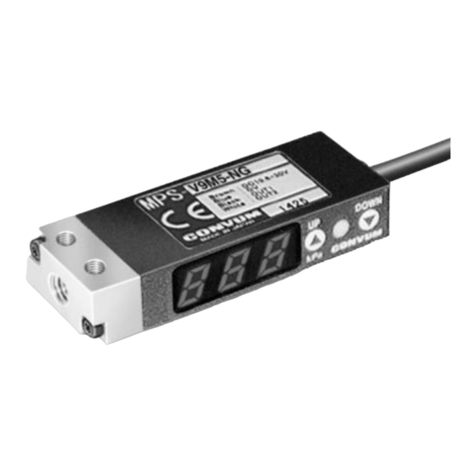
Parker Pneumatic
Parker Pneumatic MPS-9 Series Installation & service instructions
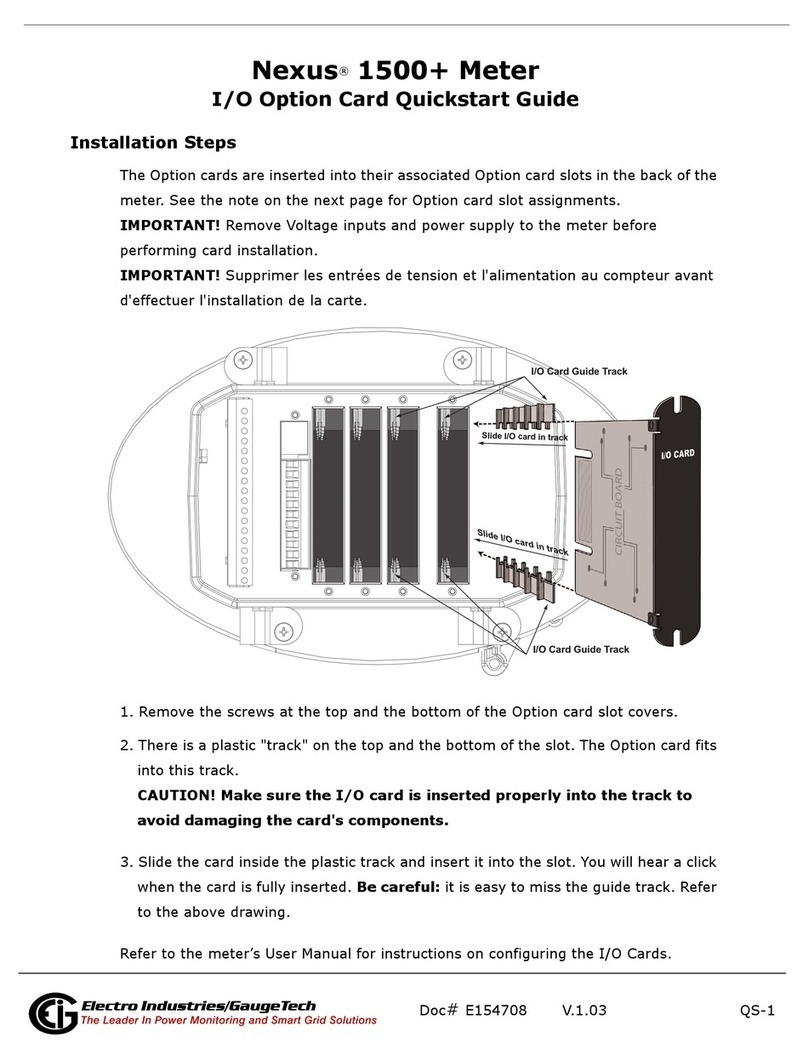
Electro Industries/GaugeTech
Electro Industries/GaugeTech Shark 100T quick start guide
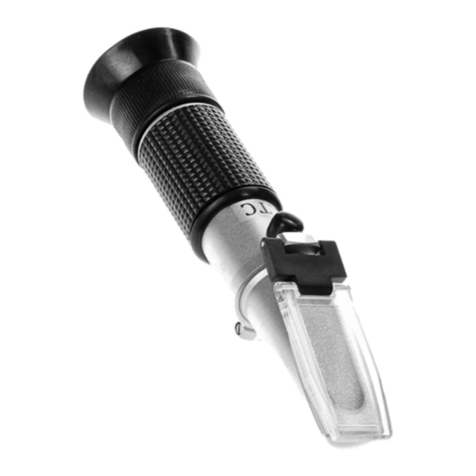
SIXTOL
SIXTOL SX3002 Instructions for use
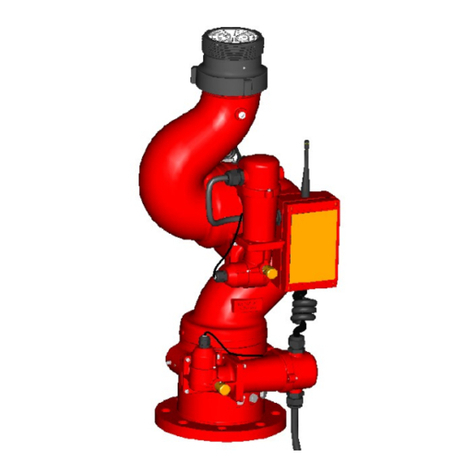
ELKHART BRASS
ELKHART BRASS Scorpion RF 8294-07 Installation, operating, & maintenance instructions

Center
Center 321 instruction manual
